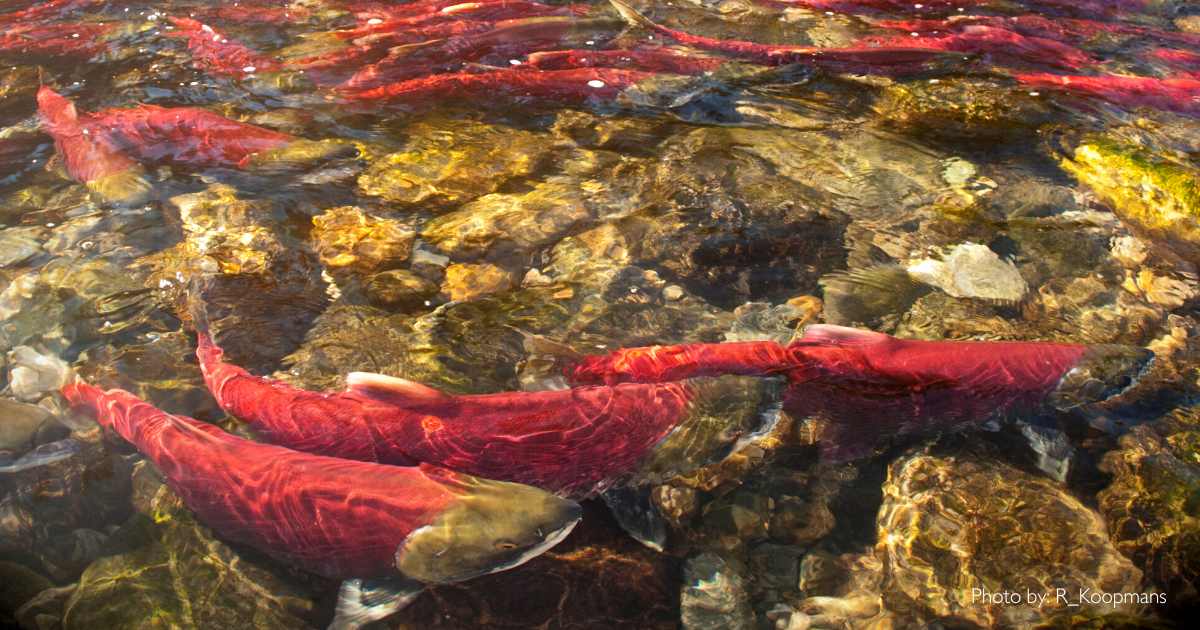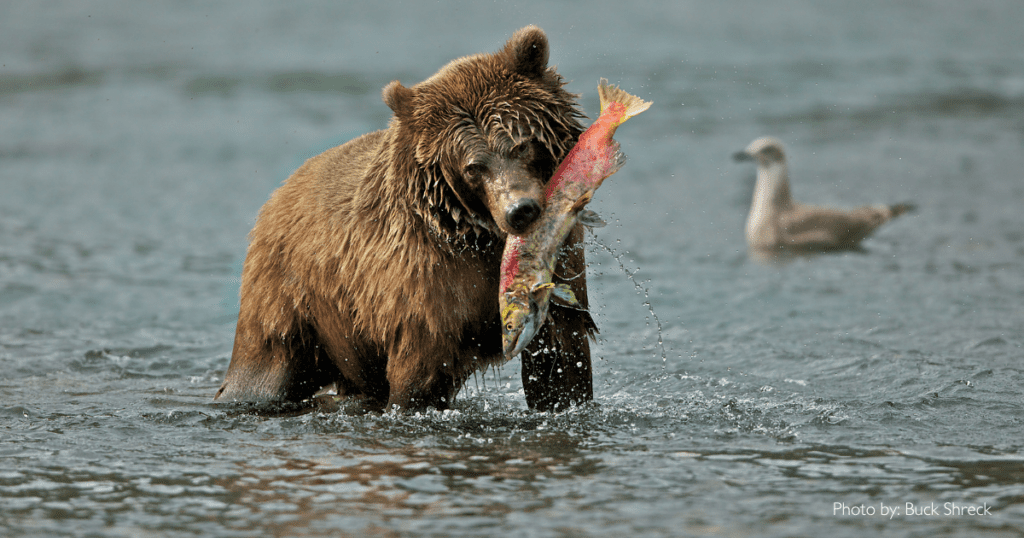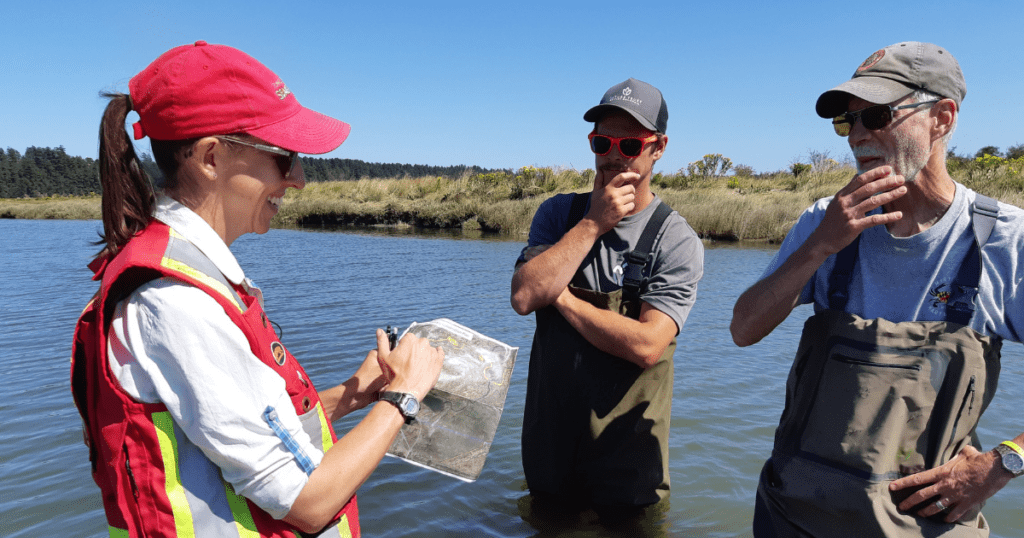
For many British Columbians, the best field trip of elementary school was a trip to the local salmon hatchery. Salmon were countless students’ first introduction to the lifecycle. We watched as those eggs developed in our classrooms and saw them away when we released them back to their streams in spring. In one small way we were a part of one of nature’s most epic cycles.
Those lessons form a core memory for many young British Columbians when it comes to BC biodiversity. Salmon’s importance to our local ecosystems cannot be overstated. These fish are not just local wildlife, but also represent a nexus between different cycles that support biodiversity. Salmon are a part of complex food webs because so many other organisms rely on salmon as an essential food source.
Salmon are part of a critical cycle in death as well as life. A salmon’s body is very nutrient-rich, including carbon, nitrogen, and phosphorous. Salmon gather these nutrients through life primarily while in the ocean and release them to the inland ecosystems. Predators such as eagles and bears feed on salmon and distribute their carcasses away from the river, while countless salmon die after spawning and then release nutrients into the river.

The excess nutrients help riparian vegetation grow larger and more robust. Isotopic analysis has found that trees and shrubs near spawning streams typically derive 22-24 per cent of the nitrogen in their foliage from spawning salmon.
Riparian forests provide shade along the streams and rivers keeping the water temperature cool for the developing eggs and so that there are higher levels of dissolved oxygen available to fish and other aquatic species. As leaves fall with the seasons, nutrients return to the water and when older trees and branches collapse, they create natural dams that regulate the flow of the water, making it easier for the next year’s salmon to swim upstream and spawn once again.
Salmon are a keystone species, a species that plays a disproportionate role in an ecosystem relative to its abundance. Salmon act like an engineers of ecosystems, altering the environment and creating and maintaining habitats that benefit other organisms. Without the salmon species that return to BC’s rivers each year, BC’s coast would be changed beyond imagination.

NTBC consults with partner agencies at the Nanaimo River.
The importance of salmon is also a major part of why conservation efforts focus so heavily on salmon habitat restoration. The Nature Trust of BC’s West Coast and South Coast Conservation Land Management teams have devoted numerous hours to restoring salmon habitats up and down the coast. Recently, the West Coast Conservation Land Management Program worked with several partners to enhance salmon habitat in the Nanaimo River Estuary.
Salmon not only feed the biodiversity of BC’s coastal temperate rainforests, they feed biodiversity far into BC’s interior, such as along the Adams River in the Thompson region. Salmon are one of the most important animals in BC’s ecosystems, and protecting their populations is paramount to land conservation. Learn more about salmon and estuary conservation at estuaryresilience.ca.

